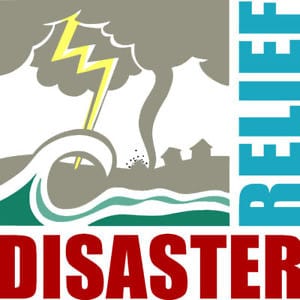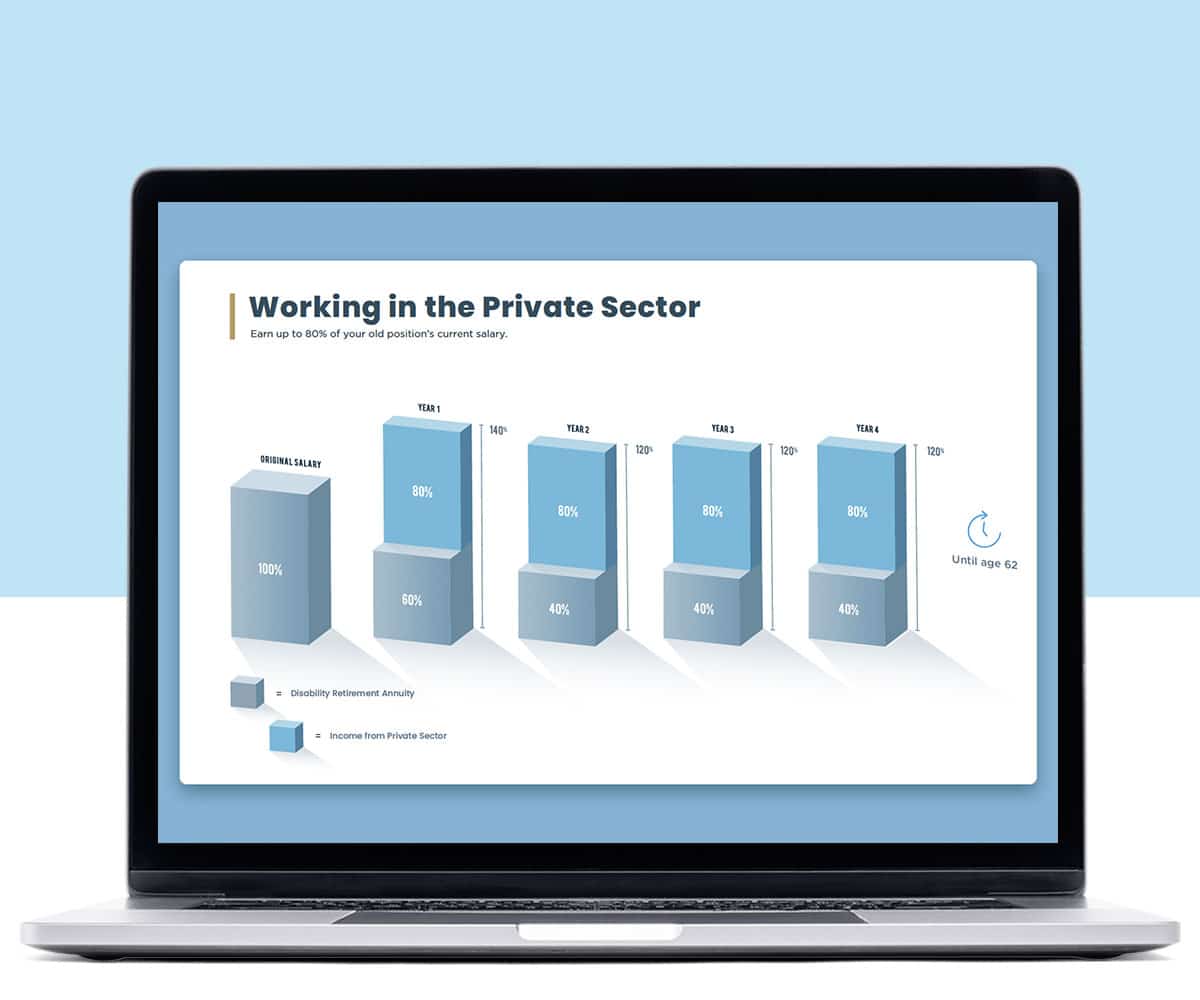
Congress voted to reform the way the federal government responds to disasters, focusing its efforts on mitigation while also allowing affected individuals to benefit from more forms of assistance. The Disaster Recovery Reform Act makes changes to a decades-old law that currently restricts how the Federal Emergency Management Agency, and other agencies with a hand in disaster response, can allocate grants and loans in the wake of hurricanes, wildfires, and other catastrophic events.
The focus of the reform is to address an issue emergency responders have raised for years—the government typically helps disaster-stricken areas return to their former state as it existed prior to the damage but does not help them prepare for the future incidents.
President Trump signed the bill into law on Friday, October 5, 2018. Under this bill, disaster areas receiving federal assistance from FEMA will have to set aside some of their funding for mitigation efforts to protect against future events. The president will also be able to authorize federal reimbursement for up to 75% of state and local hazard mitigation efforts, such as elevating existing structures, protecting utilities, making buildings more wind resistant, installing fire-resistant roofing, and more.
Bryan Koon recently served as the director of the Florida Division of Emergency Management, said people in the emergency response community are “particularly excited” about the mitigation part of the bill. He said the benefits are “multi-faceted,” focusing on resiliency saves lives, limits damage, gets local economies up and running more quickly, and saves taxpayer dollars. He said for every $1 spent on mitigation, the government saves $6 down the road.
“It is vital to do everything we can to save lives,” he said, “but fortunately that is also the most economically sound thing to do as well.”
The 2017 hurricane season is considered the costliest ever, and this bill is a significant step toward that end.
Another part of the bill will eliminate the “duplication of benefits” restriction, which prevents disaster survivors who receive a loan from the Small Business Administration from receiving assistance from FEMA or the Housing and Urban Development Department. Koon said that system left victims with “inadequate assistance.” He said these reforms will “help them get their houses back, help them get their lives back.”
There is an element to the legislation that will give state and local governments more flexibility in administering grants they receive for public assistance and mitigation funding. State and local responders will have more authority to hire people or contract private companies for recovery efforts more quickly. This will reduce FEMA’s role in smaller scale incidents and allow it to focus instead on truly catastrophic events. “That has been a source of frustration,” said Koon.
Other significant reforms will seek to expedite the inspection process, so money can get out the door more quickly. It will require a report on the portion of the population without enough flood insurance.


